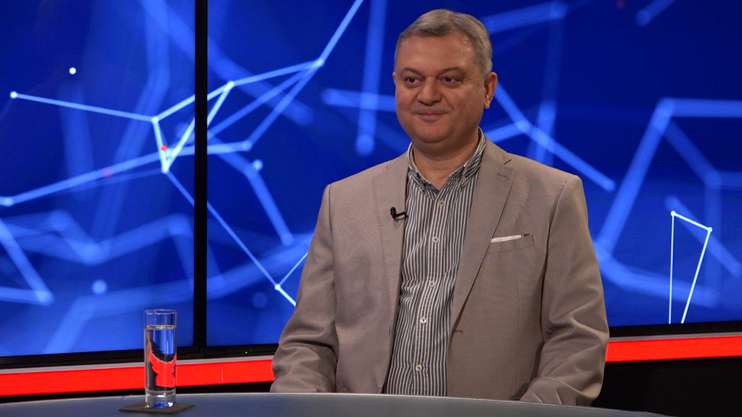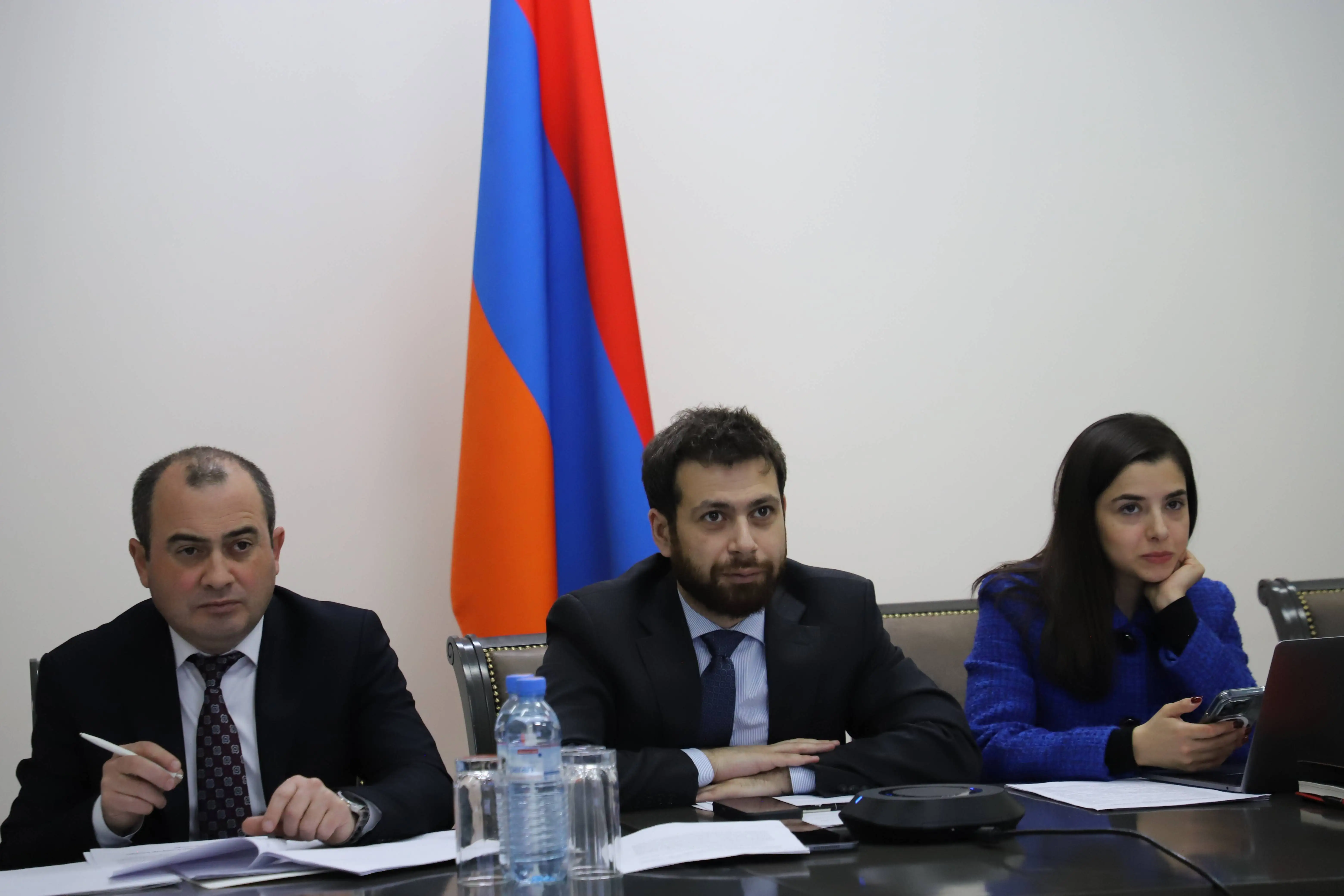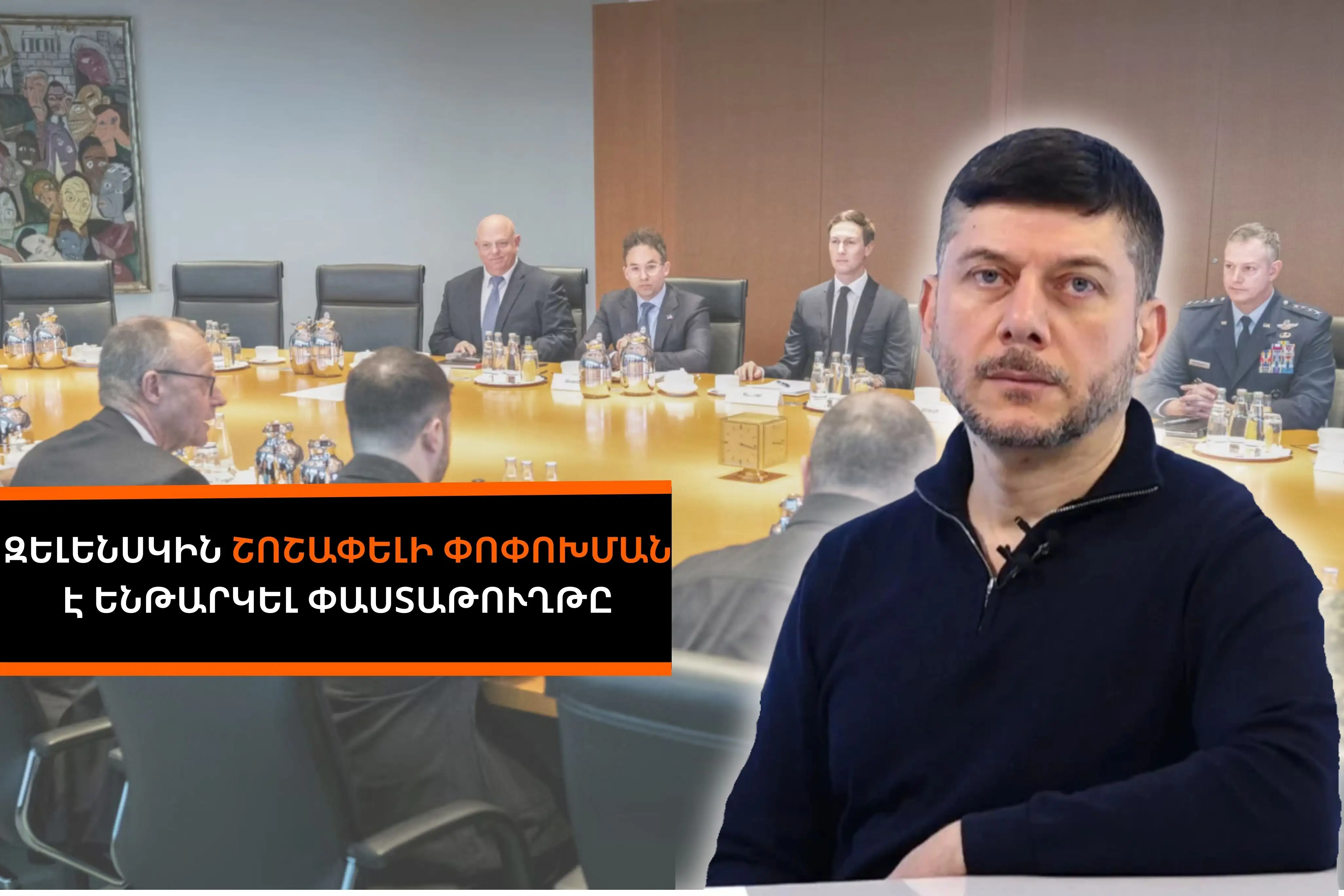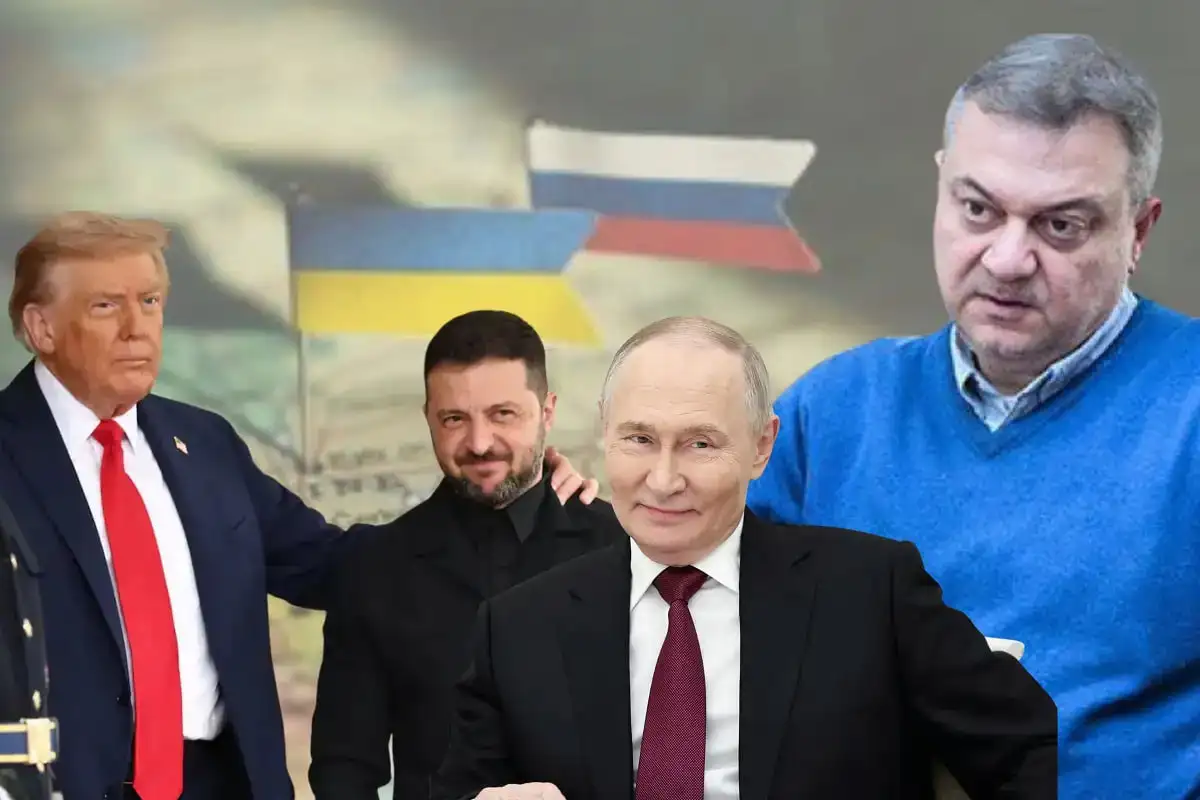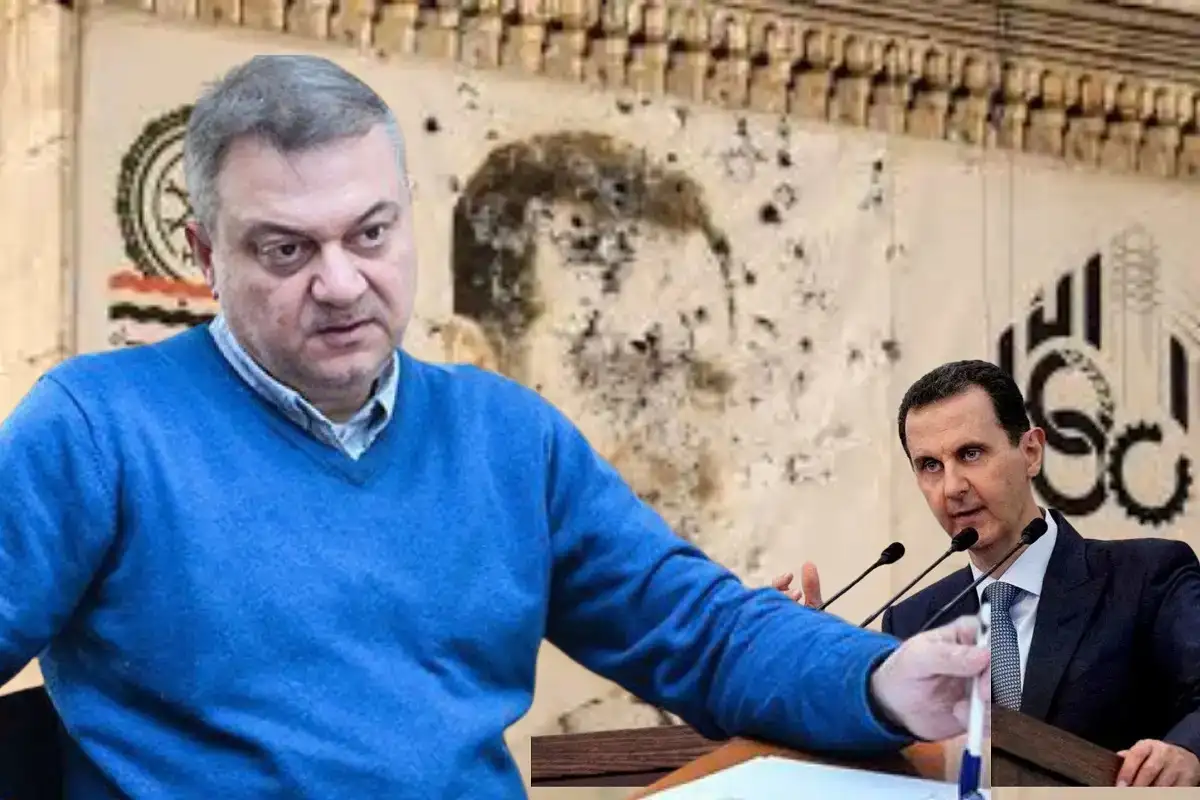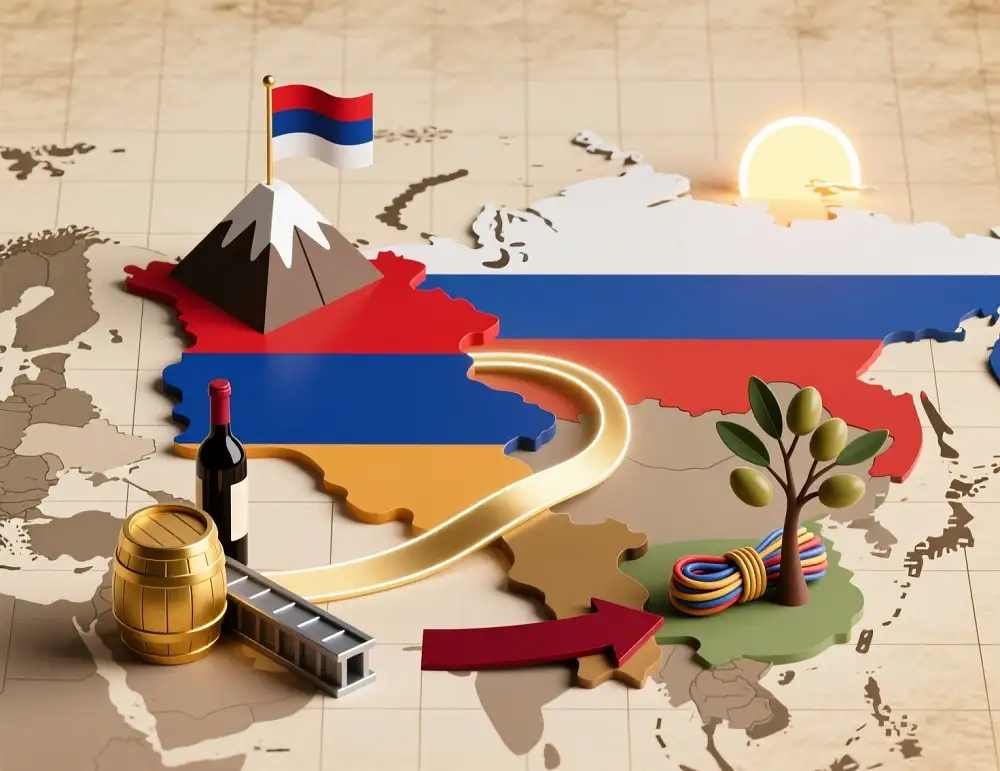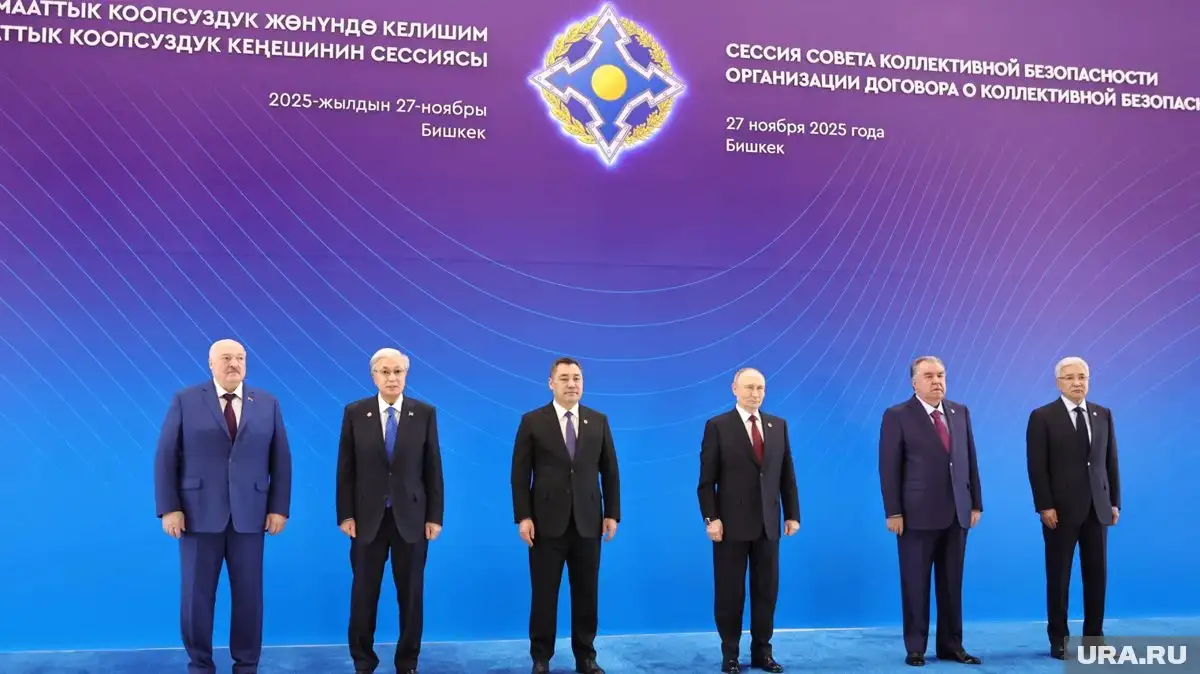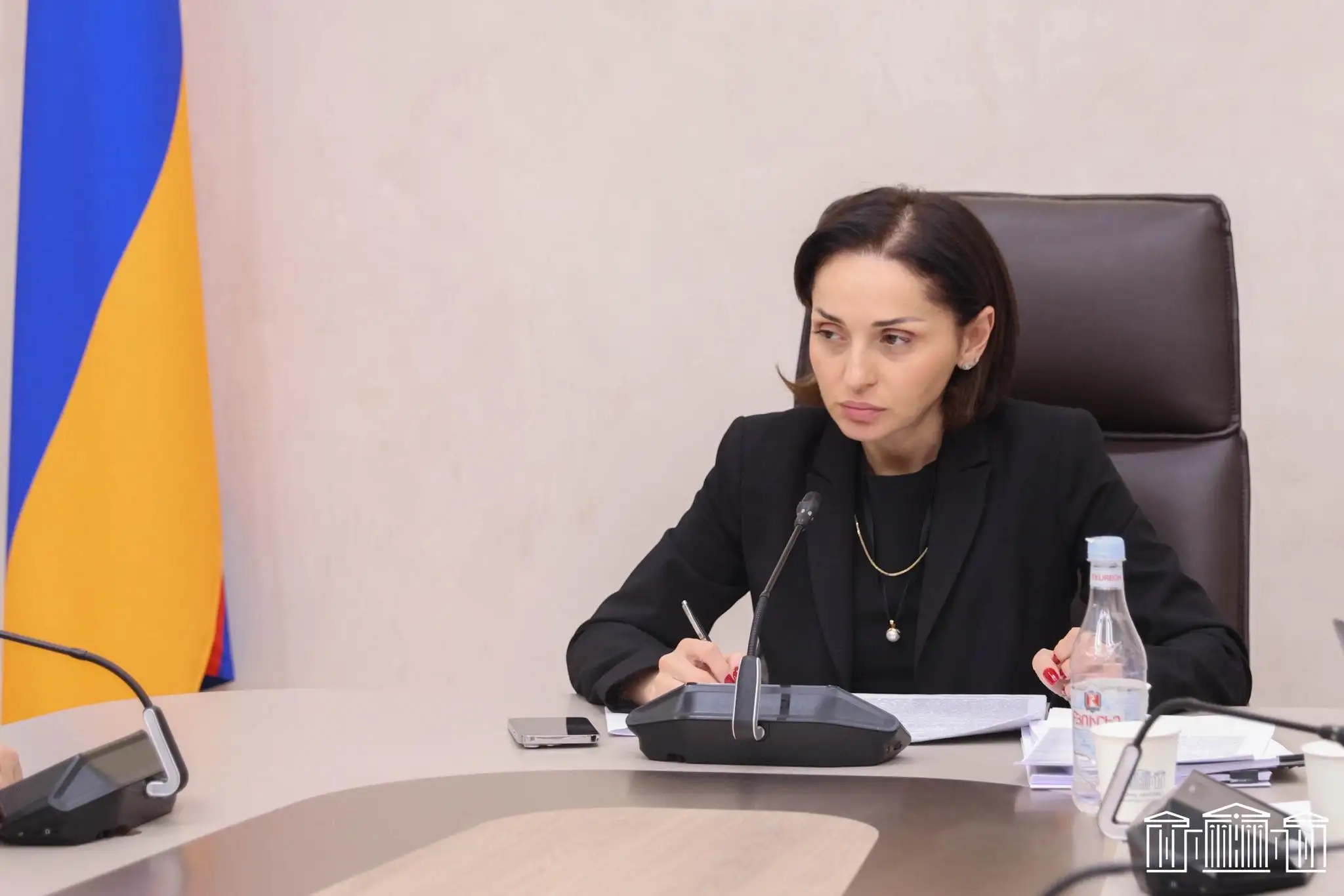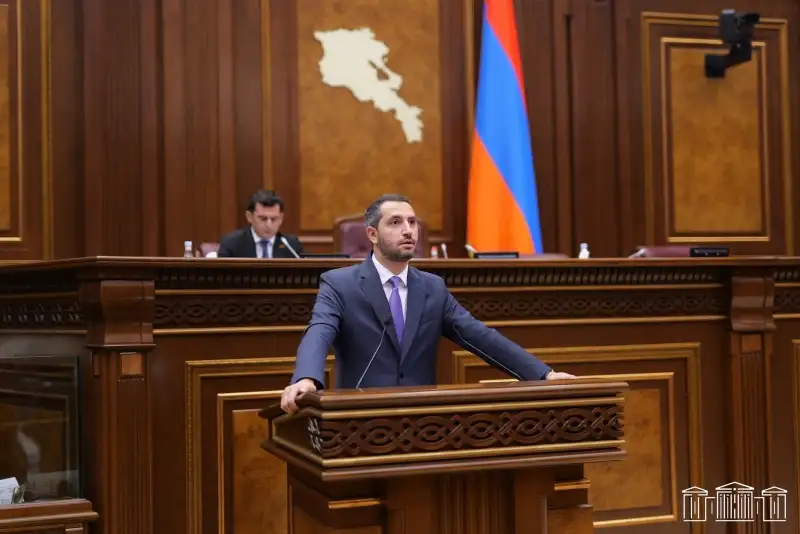Radar Armenia's interlocutor is Shahan Gantaharyan, an international scholar.
- US Secretary of State Blinken stated there is a positive possibility of completing the peace agreement between Armenia and Azerbaijan. Considering the current situation, is it possible to sign a peace agreement?
It is very puzzling to talk about a positive possibility when Azerbaijan is accumulating troops, firing, and continuing to threaten and talk about "Western Azerbaijan." On the other hand, the draft peace treaty is moving between Baku and Yerevan. But let's try to consider the statement from the American point of view. During the Senate Foreign Relations Committee hearings, Blinken commented on Washington's attempts to facilitate a settlement between Yerevan and Baku. At the same time, he emphasized that Washington does not force Armenia to sign it. And, taking into account the "real problems" in the Lachin corridor, it puts pressure on Azerbaijan to open the road. When one party is mentioned, and it is said that the USA does not compel Armenia to sign, the project has an Azerbaijani version. Otherwise, it would be indicated "does not compel the parties." On the other hand, it forces Baku to open the corridor. This formula is obtained: opening the gallery in exchange for a peace treaty.
- As you mentioned, Blinken said they are trying to influence Azerbaijan so that the Lachin corridor is opened again. How is the US trying to control today, and why was it not doing it earlier?
- If the humanitarian goal was preferred, it could have pressed earlier and ensured the opening of the corridor. Of course, the problem is different. to show that Russia's efforts, as a peacekeeper and guarantor, are ineffective, and the passage needs to be opened. Let's remember that Lavrov spoke about the imminent opening of the hall. By not opening the gallery, Azerbaijan attacks Russia's role in the region, which is in the interests of the US. Now the process is going in the opposite direction. Washington wants to state that what Moscow could not do, Washington will do. The delay will likely continue.
- According to Blinken, the USA supports the settlement of relations between Yerevan and Baku, in which the rights and security of the ethnic Armenians of Nagorno Karabakh should also be addressed. Can it be assumed that there will be a provision in the peace agreement regarding Nagorno-Karabakh?
- It is not excluded that the term "Nagorno-Karabakh" will be included in the document. The problem is that such a clause that would not in any way perceive Artsakh as a part of Azerbaijan should be formulated.
- What do you think? Is the USA interested in solving the 30-year conflict, or is everything being done within the framework of the fight against Russia?
- The motivations for revitalizing US infiltration operations in the region should be considered by both Russia and Iran. On the one hand, it is the task of neutralizing the Russian factor or creating its counterbalance zones; on the other hand, the encirclement of Iran, contrary to the fact that there are visible tendencies to soften the sanctions policy towards Iran. The US Department of State plans to support Azerbaijan with 700,000 dollars to implement military education programs. The rationale is as follows. Azerbaijan has a vast border with Iran and participates in NATO military exercises, which can contribute to the western orientation of the military. This is not only against the influence of the Russian factor in the military sphere of Azerbaijan but also against the Turkish factor. During the 44-day war, there was a noticeable competition between the Russian and Turkish military spheres of influence. Now the third direction becomes visible. In short, conflicts are used to solve such problems.
Hayk Magoyan




